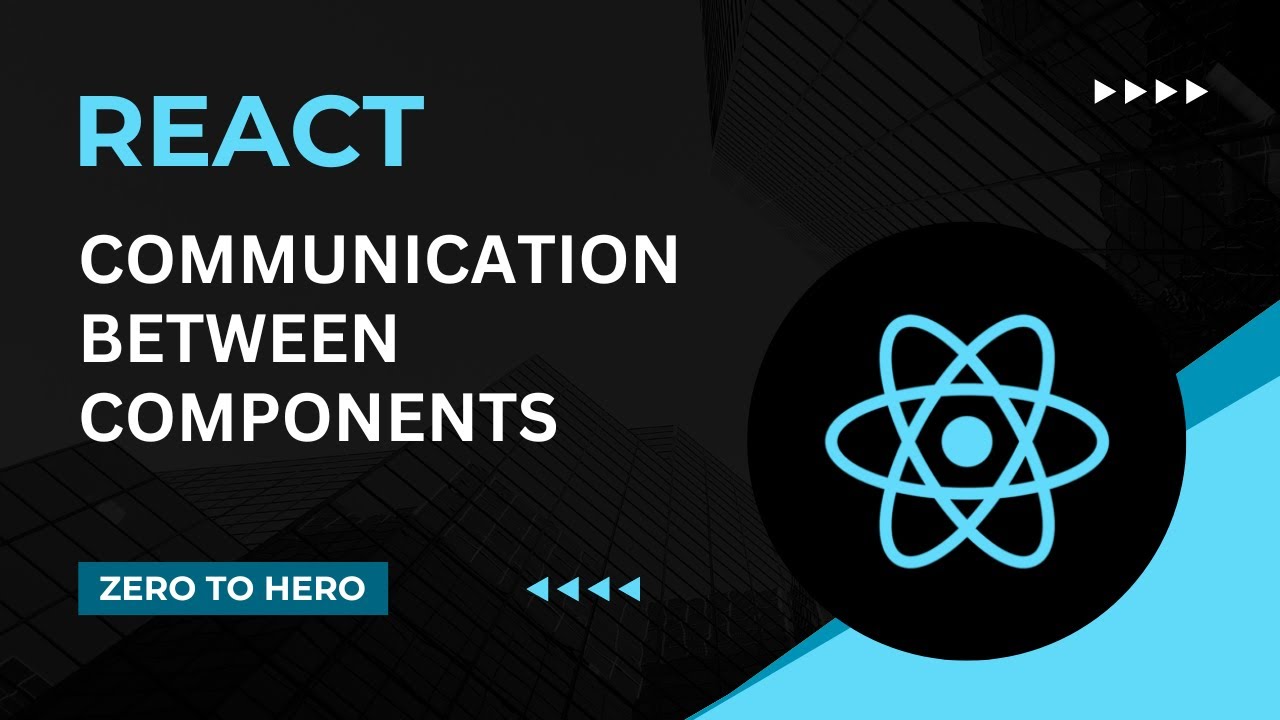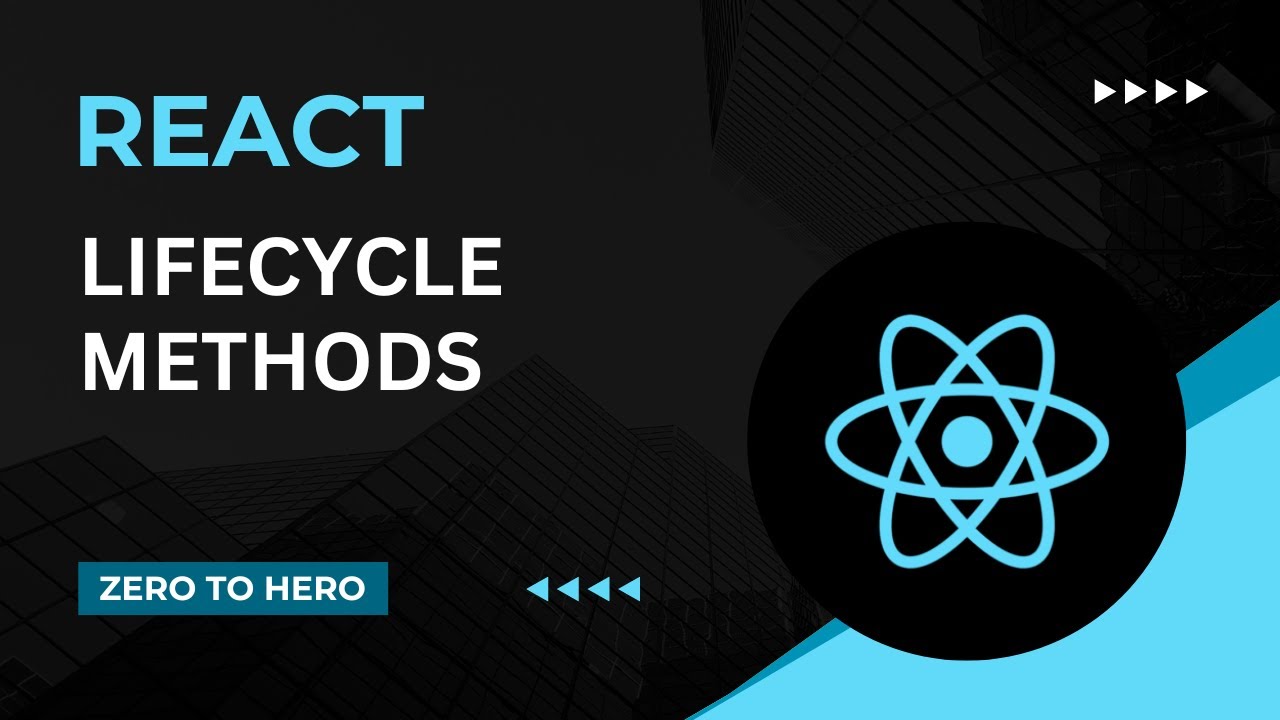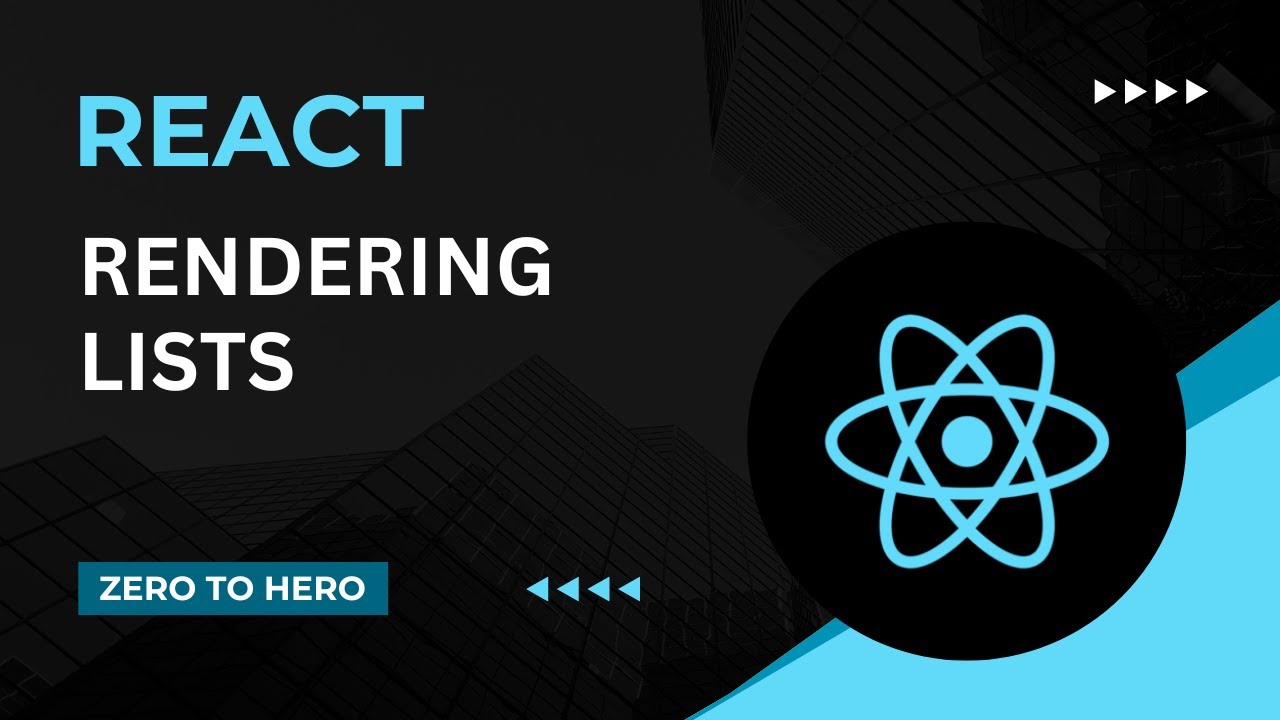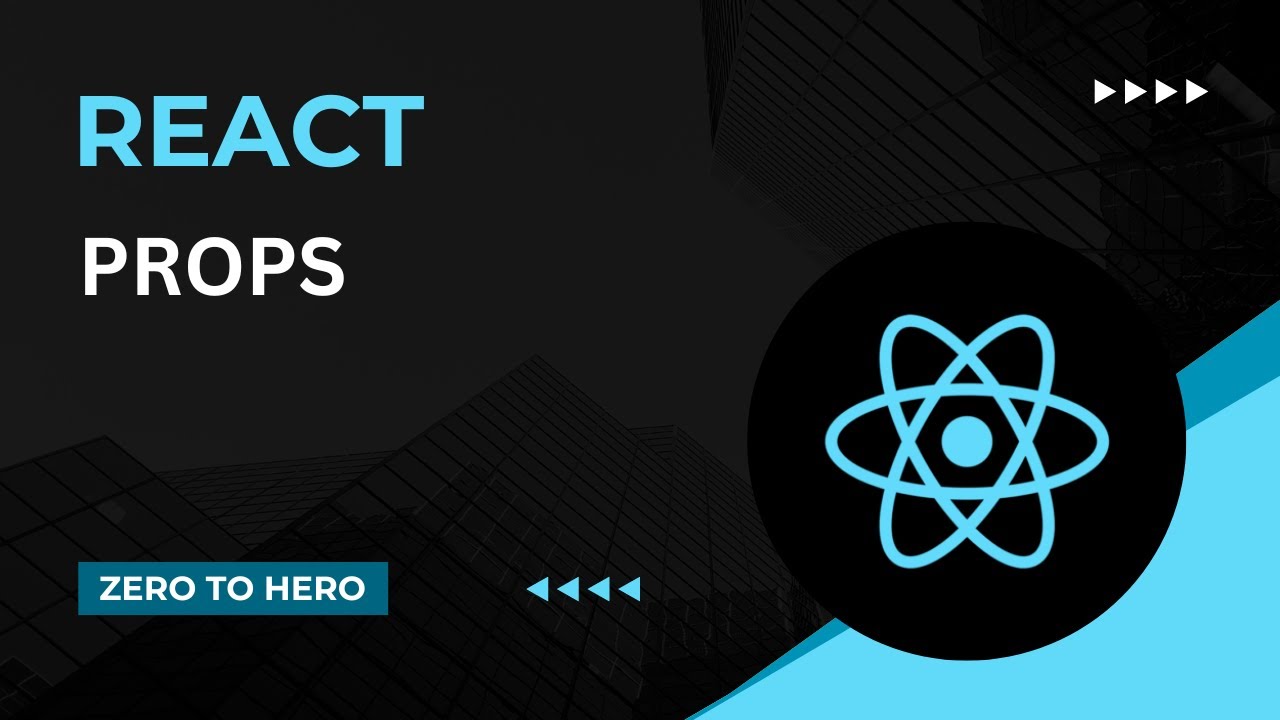useContext Hook | Mastering React: An In-Depth Zero to Hero Video Series
Summary
TLDRIn this React JS tutorial, the instructor guides beginners through the process of avoiding 'props drilling' by introducing the useContext hook. The video demonstrates creating a React application with a parent and child components, illustrating how to manage state globally using context. It explains the three steps to use context: creating, providing, and consuming it. The tutorial shows how to create a custom provider to pass state through context, eliminating the need for props drilling. The instructor encourages viewers to practice by building an app with a header, main component, and dynamic children components, and provides a link to the solution code in the video description.
Takeaways
- 🎓 This video is part of a 'React JS - Zero to Hero' series aimed at beginners who want to learn React JS from scratch.
- 🔗 The previous video explained communication between components through props and the concept of props drilling.
- 📚 The current video focuses on the useContext hook and its utility in avoiding props drilling.
- 🛠️ The presenter demonstrates how to create a new React application with a parent and child components to illustrate props drilling.
- 🔄 Props drilling is shown where a state change in a grandchild component is managed by updating the state in the parent component and passing it down through props.
- 🌐 React Context is introduced as a way to manage global state and provide data to components at any level in the component tree.
- 📝 Three steps to use context in React are outlined: creating the context, providing the context, and consuming the context.
- 🔑 The useContext hook is used to consume the context, allowing components to access the global state without props drilling.
- 🔧 A custom provider is created to wrap the application's components, enabling the useContext hook to access the global state.
- 🛒 The useContext hook is applied to solve the props drilling problem, allowing state to be updated and accessed globally without passing props through intermediate components.
- 📌 The video concludes with a task for viewers to create an application using useContext to manage a cart update, with solution code available in the video description.
Q & A
What is the main topic of the video?
-The main topic of the video is explaining how to use the useContext hook in React JS to avoid props drilling.
What problem does props drilling present in React components?
-Props drilling presents a problem where you need to pass props through multiple layers of components even if they are not used by some of them, leading to unnecessary prop passing and making the component structure less efficient.
How does React Context help in managing state globally?
-React Context allows you to share values like state between components without having to explicitly pass props through every level of the tree, making it easier to manage global state.
What are the three steps to use context in a React application?
-The three steps to use context in a React application are: 1) creating the context using `createContext`, 2) providing the context using a Provider component, and 3) consuming the context using the `useContext` hook.
What is a Provider in the context of React Context?
-A Provider in React Context is a component that allows consuming components to subscribe to context changes by wrapping them with the Provider and passing the context value.
Why is it recommended to provide context at the top level of your application?
-Providing context at the top level ensures that all child components have access to the context, making it available throughout the application without having to wrap each component individually.
How can you create a custom Provider in React?
-You can create a custom Provider by creating a component that accepts props and returns the Provider from the context, allowing you to pass additional props or customize the context value.
What is the benefit of using useContext over passing props?
-Using useContext allows you to avoid passing props through multiple components that don't use them, reducing boilerplate code and making the component structure cleaner and more maintainable.
How can you update the state in a context from a child component?
-You can update the state in a context from a child component by accessing the state from the context and using a function to update it directly, bypassing the need for callback props.
What task does the video challenge the viewers to create?
-The task challenges viewers to create an application with a header component, a main component, and children components, where clicking buttons updates a cart, using useContext to manage state.
Where can the viewers find the solution code for the task mentioned in the video?
-The solution code for the task can be found in a repository linked in the video description.
Outlines

This section is available to paid users only. Please upgrade to access this part.
Upgrade NowMindmap

This section is available to paid users only. Please upgrade to access this part.
Upgrade NowKeywords

This section is available to paid users only. Please upgrade to access this part.
Upgrade NowHighlights

This section is available to paid users only. Please upgrade to access this part.
Upgrade NowTranscripts

This section is available to paid users only. Please upgrade to access this part.
Upgrade NowBrowse More Related Video

Communication between components | Mastering React: An In-Depth Zero to Hero Video Series

Life Cycle Methods | Mastering React: An In-Depth Zero to Hero Video Series

React useContext() hook introduction 🧗♂️

How to render lists | Mastering React: An In-Depth Zero to Hero Video Series

Handling forms | Mastering React: An In-Depth Zero to Hero Video Series

Props | Mastering React: An In-Depth Zero to Hero Video Series
5.0 / 5 (0 votes)